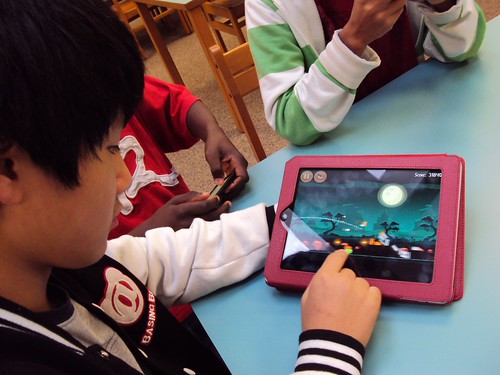
![]() Photo Credit: Gwyneth Anne Bronwynne Jones via Compfight
Photo Credit: Gwyneth Anne Bronwynne Jones via Compfight
I’ve been reading lots–and I mean lots!–about gamification this weekend and jumped feet first into the 3D GameLab website. I found myself falling into my quests faster than Alice fell down that rabbit’s hole, and I’m just as enthralled with this new wonderland that I’ve found.
In one of my quests, I read about Dr. Chris Haskell’s research regarding the importance of quest attractiveness. Because here’s the thing: like every new golden egg that’s been discovered in education’s hunt for motivating students, gamification and quests themselves aren’t a true panacea. Do I think they can be part of the greater solution? Absolutely. But not because of the badges or the storyline.
Gamification provides student CHOICE: choice in pacing, choice in educational order, choice in topics. And choice is one aspect that makes quests attractive. Students don’t have to do ALL the quests. Students have choice in certain projects or the order that some quests are undertaken.
Quests must also have variety. Just as a traditional classroom becomes dull with the same activities and assessments week in and week out, quests can be repetitive and redundant if they’re too similar. As Haskell found in his research, a YouTube video and questions will not work for each and every assignment.
In addition, Haskell found that quests need a variety of task-oriented and goal-oriented outcomes. Some need to be simple; others more complex. Some need to allow student-creativity. Others can be straight-forward.
Simply taking a dull lesson and putting it into a quest form does not breathe life into student learning. Quest creation still needs to be grounded in solid unit development, lesson planning, scaffolding, creativity, variety, and student choice.

